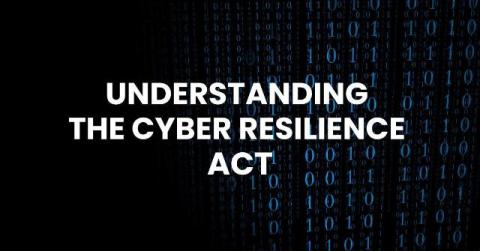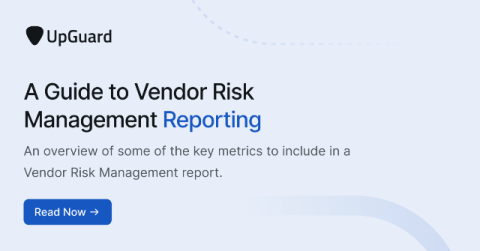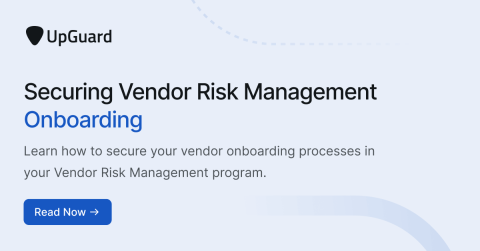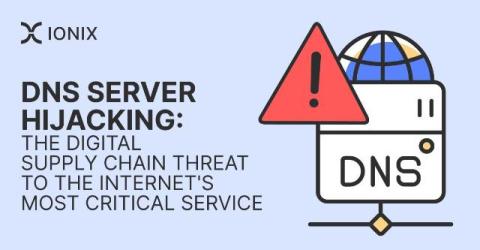The Most Common Ways Cyber Criminals Will Target Your Business
Businesses face an ever-growing array of security threats from cybercriminals. Scammers and hackers employ increasingly sophisticated techniques to infiltrate corporate networks, steal sensitive information, and disrupt operations. In 2023, consumers and businesses in the United States reported losing more than $10 billion to fraud and online scams, marking the first time that fraud losses have reached that benchmark. This is a 14% increase over reported losses in 2022.













